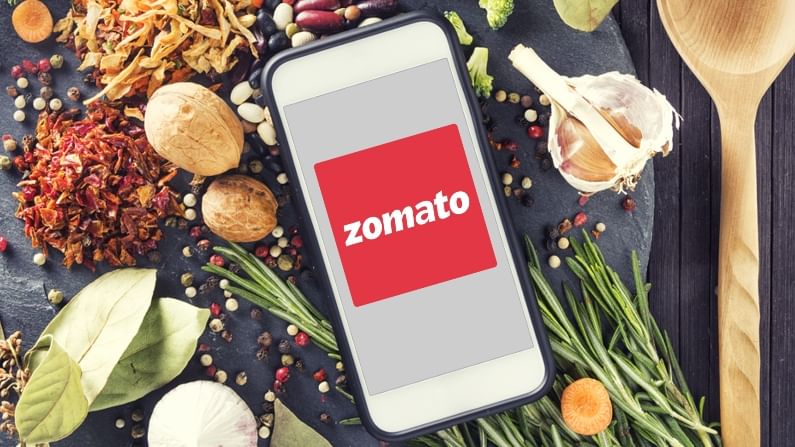Here is why JP Morgan has assigned 'underweight' rating to this newly listed stock
JP Morgan is of the opinion that the food delivery market will remain a duopoly with Zomato maintaining its ~50% share over the next 10 years

After Morgan Stanley and Goldman Sachs, JP Morgan has initiated coverage on the online food delivery firm Zomato but with an ‘Underweight’ rating and price target of Rs 120 apiece. JP Morgan sees material downside from current peak unit economics due to fading average-order-values (AOV) from structural and cyclical factors, a spike in discounts needed to grow the market in the long term and limited scope for share expansion.
Sharp increase in subsidies
Zomato has enjoyed a sharp decline in subsidies per order from 8% to 2% of AOV (Average Order Value Rs 8 per order) over FY20-FY21 as CAC (Customer Acquisition Cost) dropped sharply aided by lower price competition and fewer consumer choices. JP Morgan believes discounts will need to rise sharply to drive market expansion, reacquire dormant customers and retain customer wallet share as discretionary spending options rise in a reopening economy. Heavy capital raise by Zomato and Swiggy over the last six months and the broader internet economy is likely to drive CAC up and a return of discounts as we expect another phase of competitive action in a reopening market.
“Data-Driven analysis of 18,000 restaurants (12% of Zomato’s network) across 3 top cities shows discounts have restarted sharply. Discounts to rise to 6% of AOV in FY23 and settle at 4% in the long term,” noted JP Morgan in a report.
Market share
JP Morgan is of the opinion that the food delivery market will remain a duopoly with Zomato maintaining its ~50% share over the next 10 years. It doesn’t see scope for Zomato to expand its share over Swiggy on a sustainable basis as it believes both will remain competitive to defend their market shares. The food delivery space is hotly contested between Zomato and Swiggy. Both firms have presence in over 500 cities. Zomato may have an edge in Tier 2/3 cities, partially helped by the acquisition last year of Uber Eats which was more focused on these cities, and Swiggy’s greater focus on larger cities.
Unjustified valuations
“Zomato trades at 21x CY22 EV/Sales (Enterprise Value to Sales) which is 4x higher than the average valuation of global food tech companies. The premium is not justified as we don’t see significant levers – either market share gains or AOV expansion. With a slew of internet IPOs lined up the supply premium should vanish, and the stock could correct given absence of material stock drivers,” stated the report.
According to the global brokerage firm’s SOTP (Sum Of The Part) with generous multiples of 2x global peers still points to around 10% downside from current levels of Rs 132.50.
(Disclaimer: The recommendations in this story are by the respective research and brokerage firm. Money9 & its management do not bear any responsibility for their investment advice. Please consult your investment advisor before investing.)

